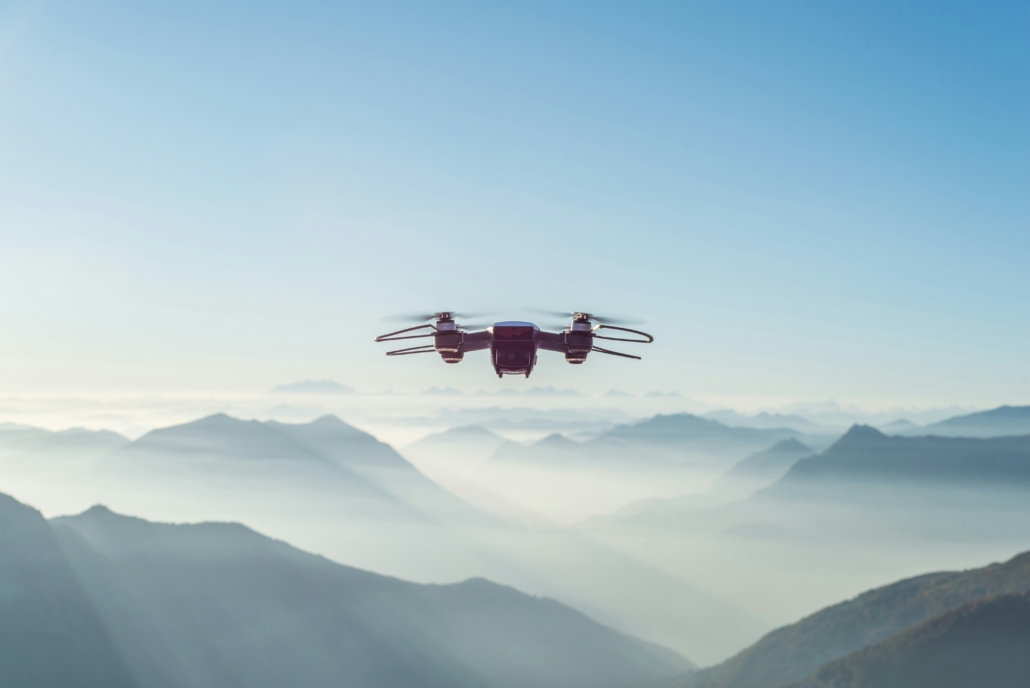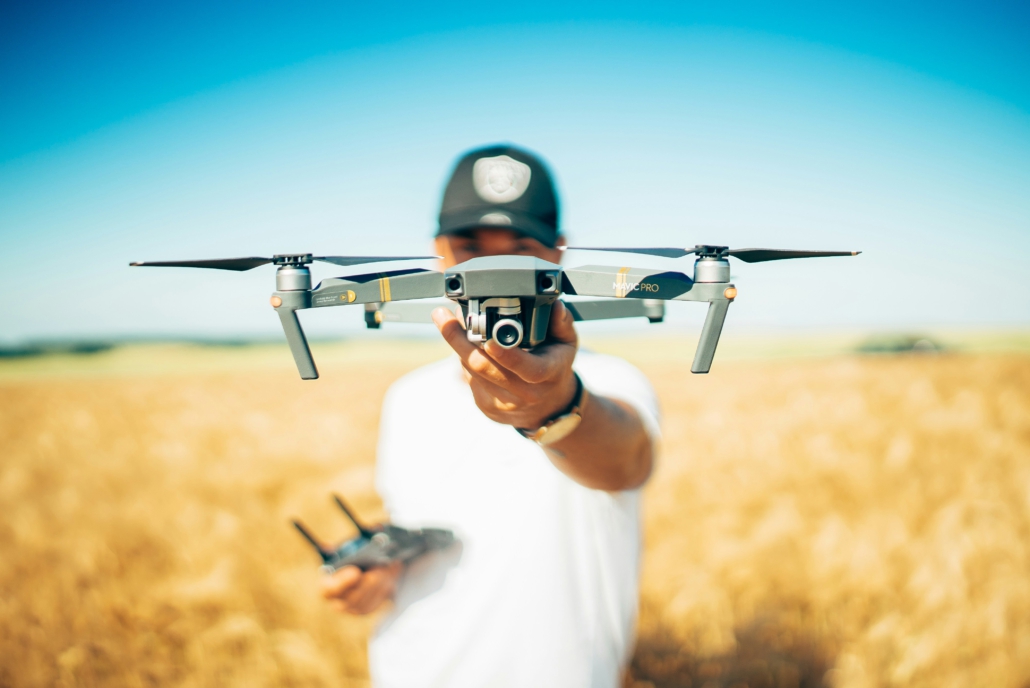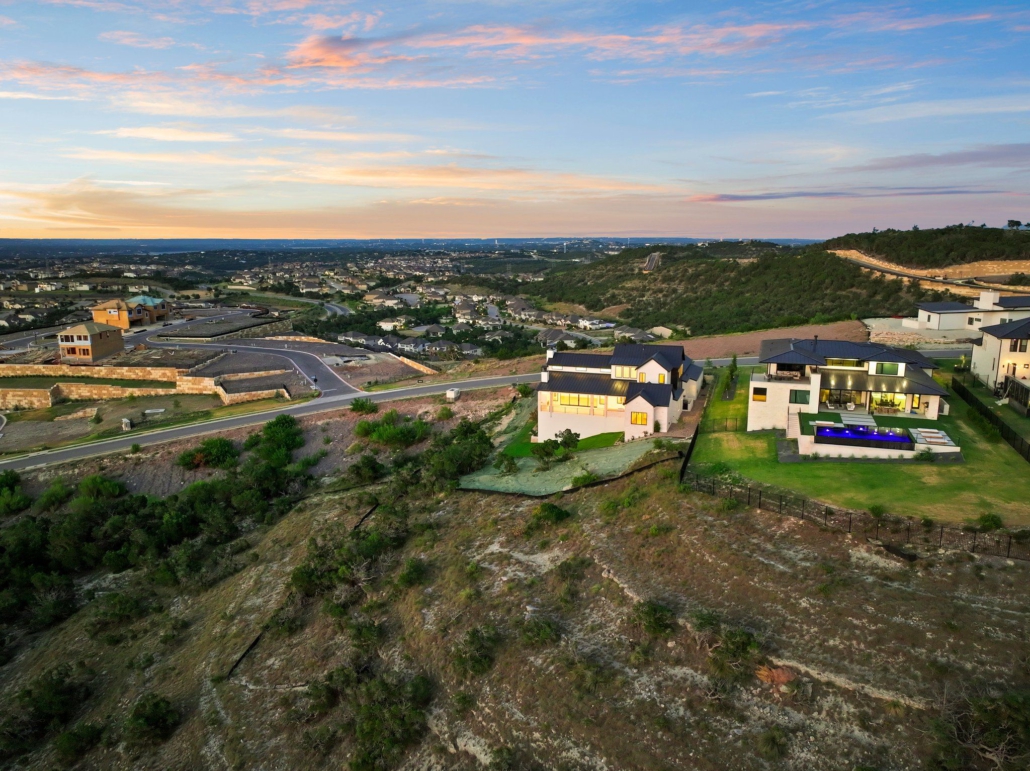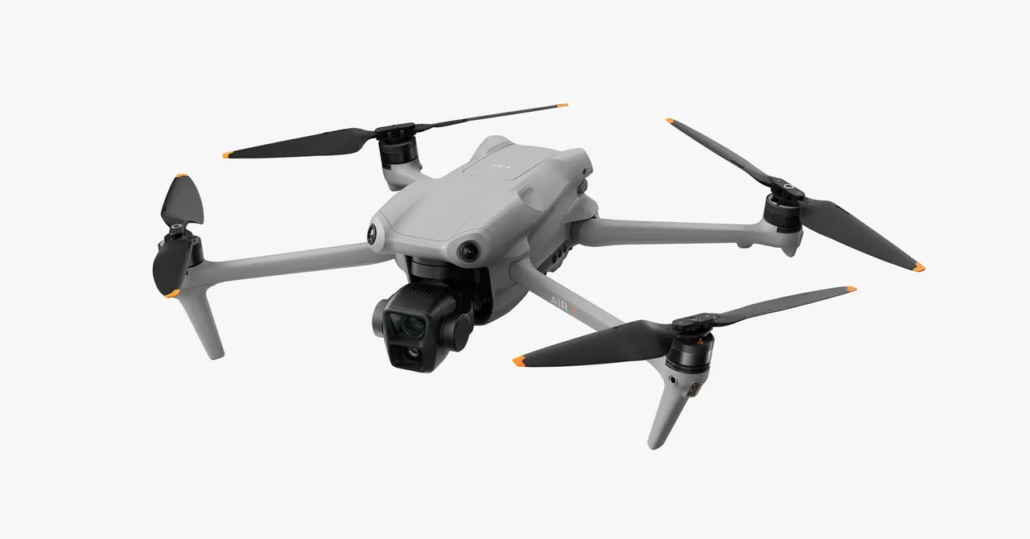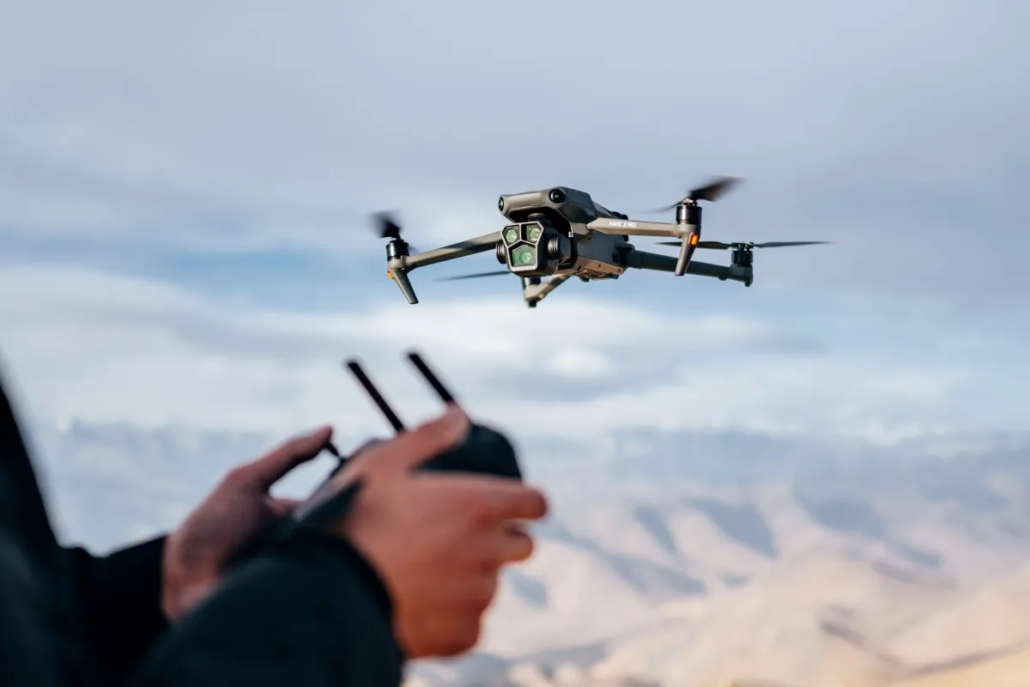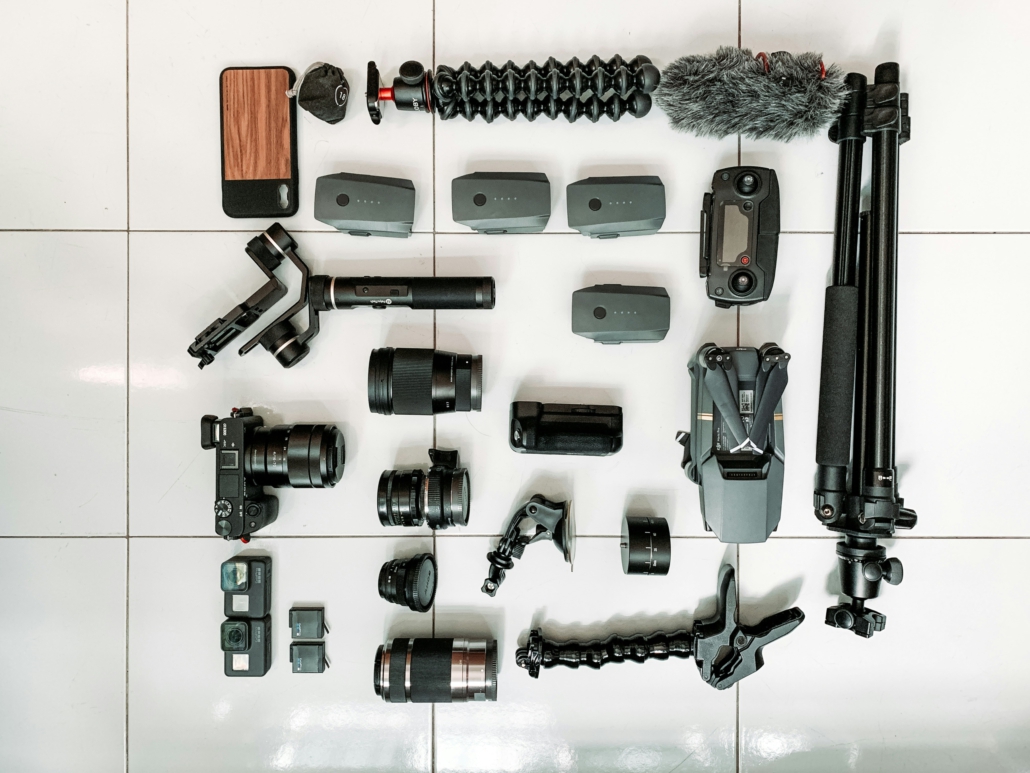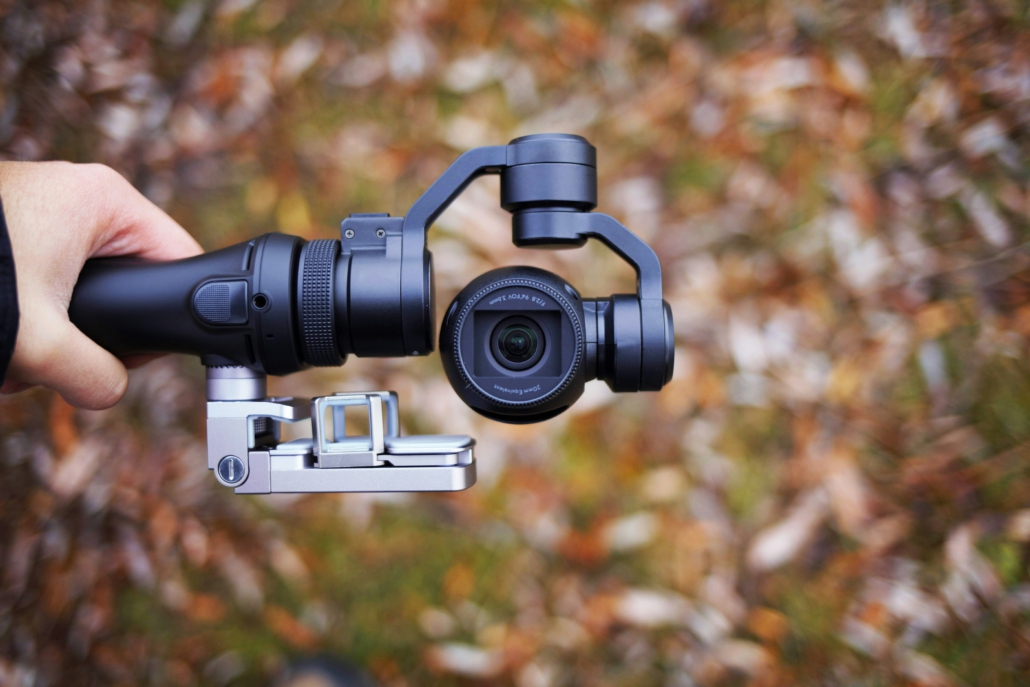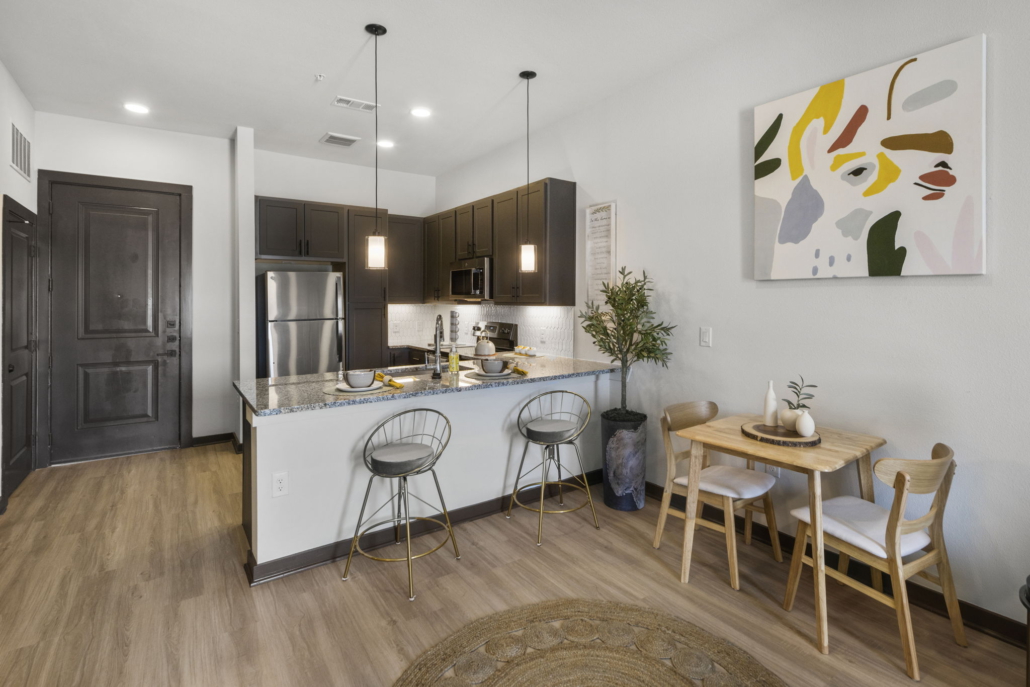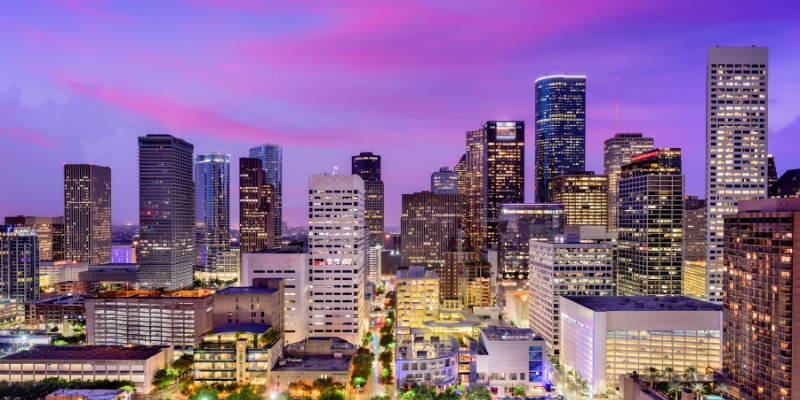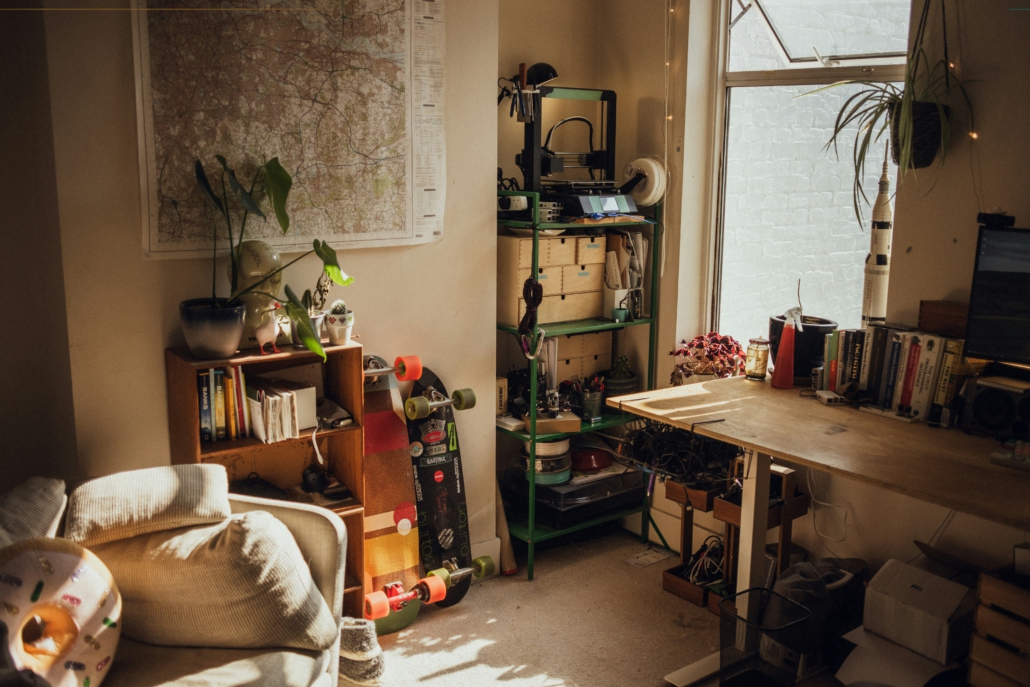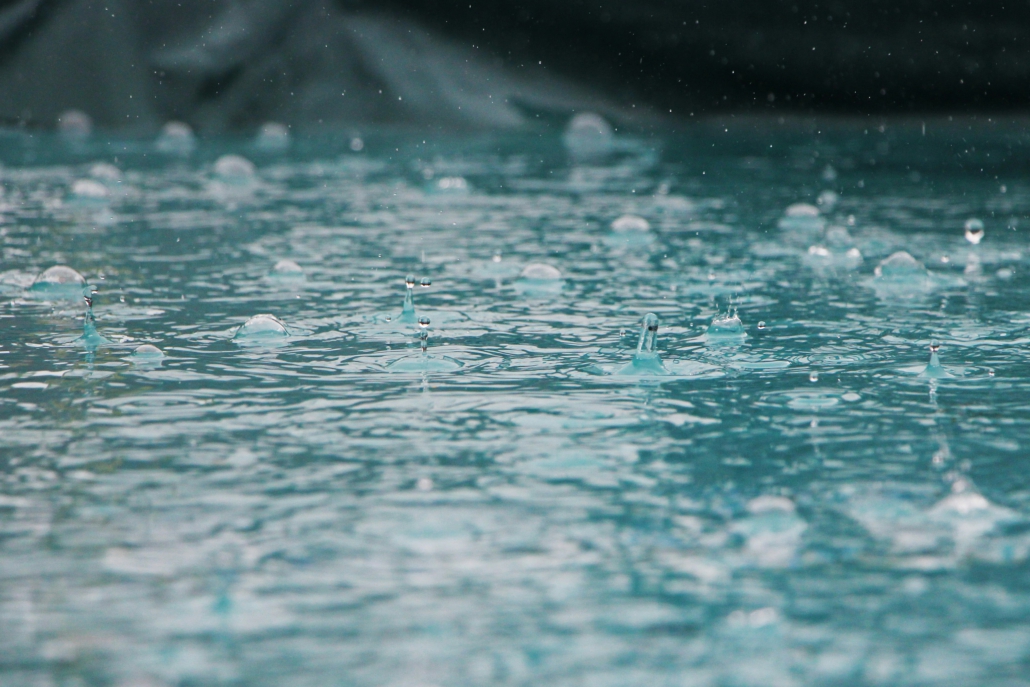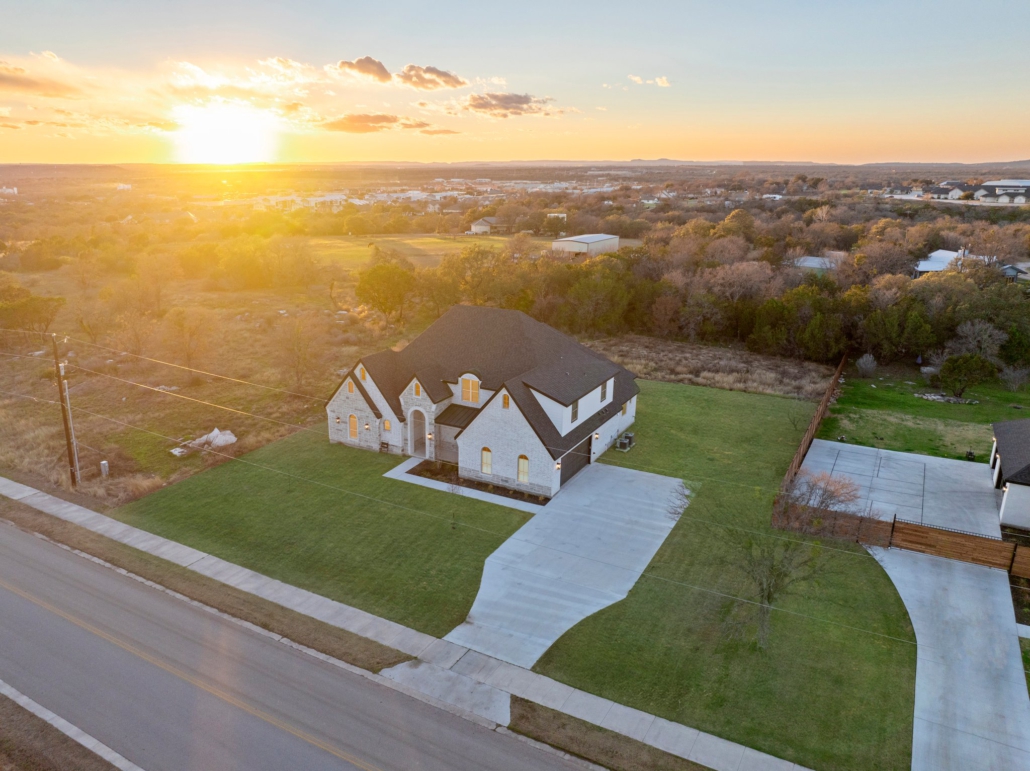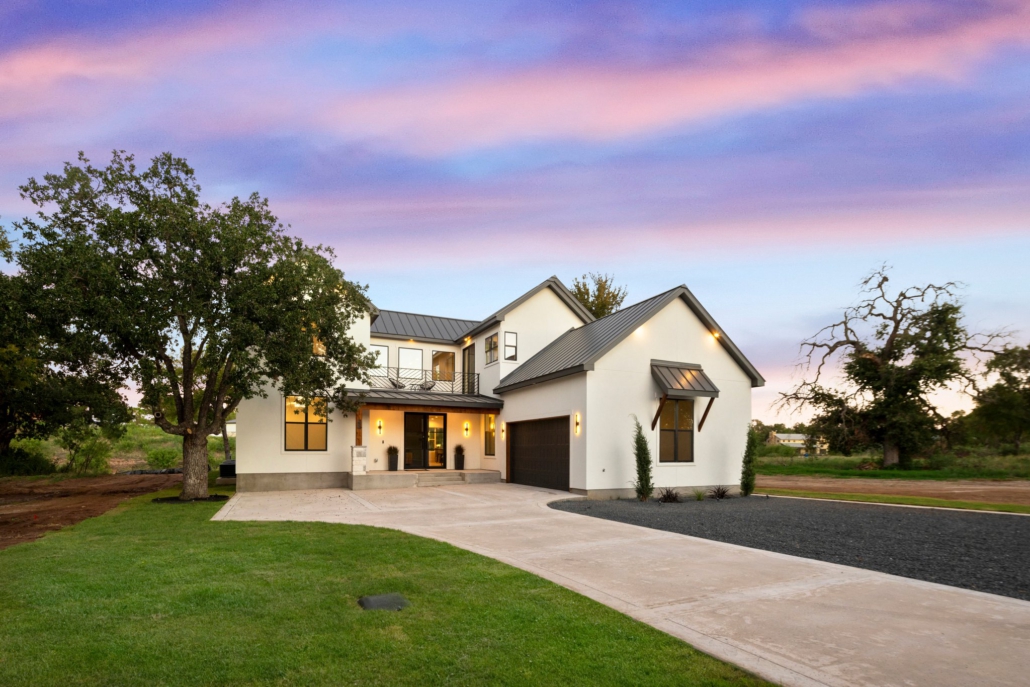In the competitive world of real estate, standing out is crucial, so the question remains… can aerial photography help my real estate listing One innovative way to do this is through aerial photography. This technique offers a bird’s-eye view of properties, showcasing them in a way that traditional ground-level photos cannot. Here’s an in-depth look at how aerial photography benefits real estate listings and why it has become a game-changer in the industry.
Enhanced Property Presentation
Aerial photography provides a comprehensive view of a property and its surroundings. Unlike traditional photos, which may only capture the front or back of a house, aerial images can show the entire layout, including the roof, landscaping, and any additional structures like pools or garages. This holistic view helps potential buyers understand the property’s full potential and layout at a glance.
Highlighting Location and Neighborhood
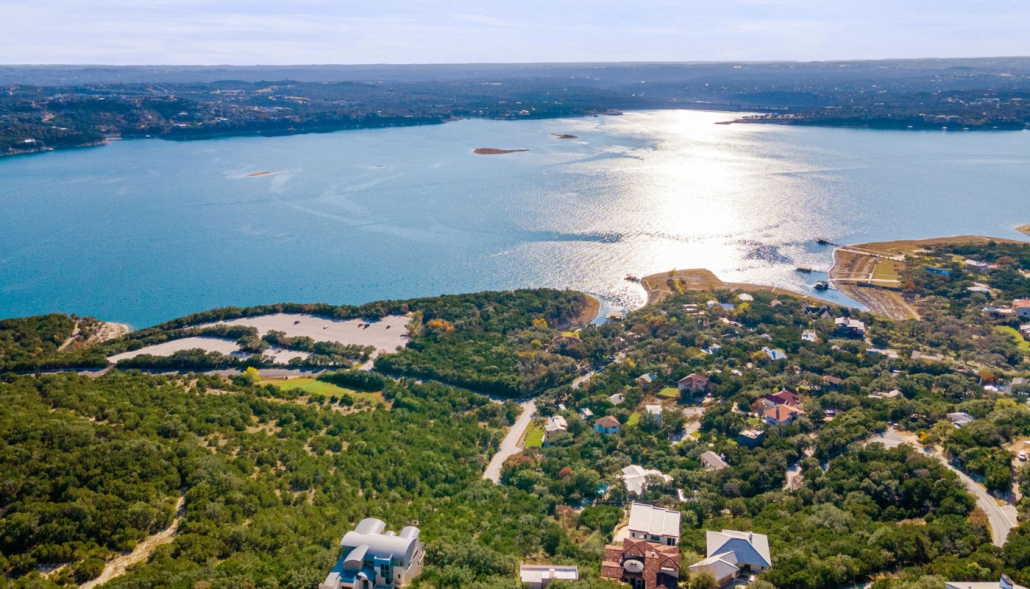
Location is a significant factor in real estate, and aerial photography excels at highlighting this aspect. Aerial shots can show the proximity of the property to local amenities, such as parks, schools, shopping centers, and transportation hubs. This context is invaluable for buyers who want to know what’s nearby and can be a major selling point for properties in desirable locations.
Showcasing Unique Property Features
Certain property features are best appreciated from above. Large estates, properties with extensive landscaping, or homes with unique architectural designs benefit greatly from aerial photography. Features like large gardens, intricate pool designs, or expansive driveways can be fully appreciated in aerial shots, giving buyers a better sense of what the property offers.
Creating a Sense of Scale
Aerial photography helps create a sense of scale that is often difficult to achieve with traditional photos. By capturing the property from above, it’s easier to see how much land is included, how the property is laid out, and how it fits into the surrounding area. This can be especially important for larger properties, farms, or commercial real estate where understanding the scale is crucial for potential buyers.
Enhancing Marketing Materials
High-quality aerial photos add a professional touch to real estate marketing materials. Listings with aerial photos stand out in online searches, brochures, and social media posts. These eye-catching images can attract more views and generate greater interest in the property. They convey a sense of professionalism and attention to detail that can make a significant difference in how a listing is perceived.
Providing a Competitive Edge
In a crowded real estate market, having a competitive edge is essential. Aerial photography sets listings apart from those that only use traditional photos. This innovative approach can attract more attention and potentially lead to faster sales. Utilizing professional Austin real estate drone photography on properties that stand out visually increases the likelihood of capturing the eye of potential buyers, giving them an edge over similar listings.
Demonstrating Property Accessibility
Aerial photos can effectively show the accessibility of a property. This includes views of driveways, roads leading to the property, and overall ease of access. For commercial properties or homes in remote areas, demonstrating how accessible the property is can be a critical factor for buyers.
Highlighting Surrounding Environment
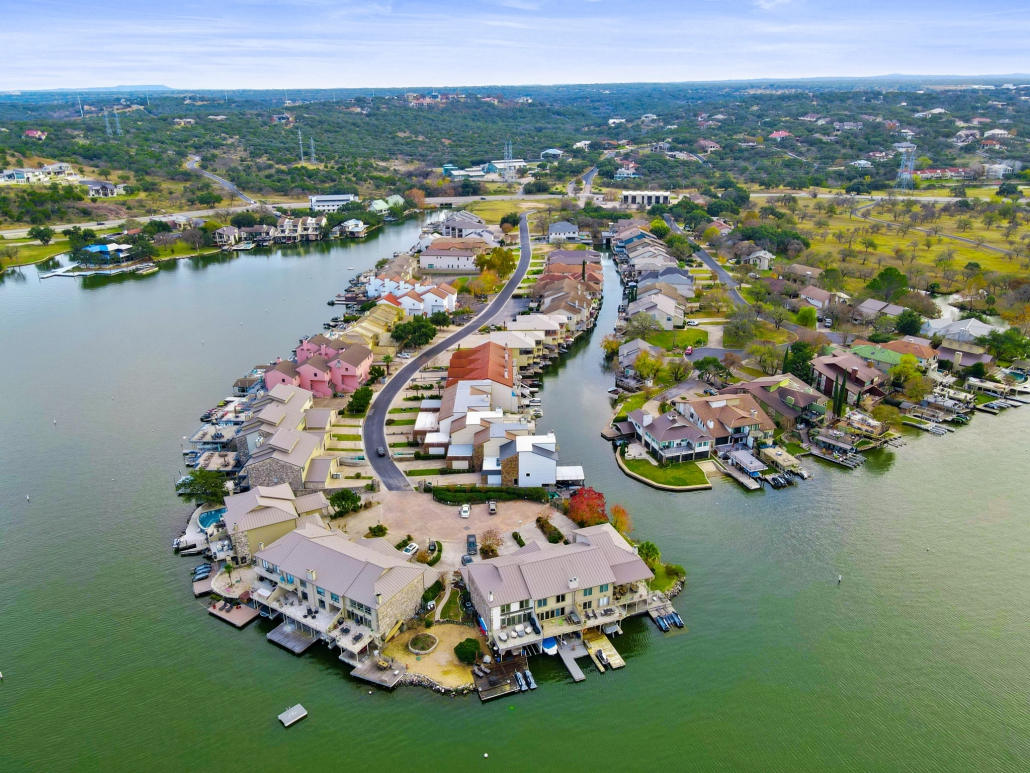
The environment surrounding a property can greatly influence a buyer’s decision. Aerial photography captures not only the property itself but also its surroundings, such as nearby bodies of water, mountains, forests, or urban landscapes. This comprehensive view helps buyers get a sense of the environment they will be living in, which can be a major selling point.
Showcasing Development Potential
For vacant land or properties with redevelopment potential, aerial photography is an excellent tool. It can show the current state of the land and help potential buyers envision future development. This is particularly useful for investors and developers looking to assess the feasibility of their projects.
Building Trust and Transparency
Aerial photography builds trust and transparency by providing a clear, unobstructed view of the property. Buyers can see the property’s condition and surroundings without any hidden angles or misleading shots. This level of transparency can lead to more serious inquiries and a smoother transaction process, as buyers feel more confident in what they are purchasing.
Capturing Seasonal Beauty
Properties often look different depending on the season. Aerial photography can capture the beauty of a property throughout the year, whether it’s the lush greenery of summer, the colorful foliage of fall, or the serene snow-covered landscape of winter. These seasonal shots can highlight the property’s appeal year-round and attract buyers looking for specific seasonal characteristics.
Facilitating Virtual Tours
With the rise of virtual tours, aerial photography can enhance these experiences by providing an initial overview of the property. Potential buyers can start their virtual tour with a sweeping aerial view, giving them a better sense of the property’s layout before diving into the interior details. This comprehensive approach can make virtual tours more engaging and informative.
Conclusion
In conclusion, aerial drone photography is a powerful tool in real estate marketing. It enhances property presentation, highlights location and unique features, creates a sense of scale, and adds a professional touch to marketing materials. By providing a competitive edge, demonstrating accessibility, showcasing the surrounding environment, and building trust, aerial photography, solidly answering the question; Can Aerial Photography Help My Real Estate Listing? As technology continues to evolve, incorporating Austin real estate photography into your real estate strategy can set your listings apart and attract more buyers.


